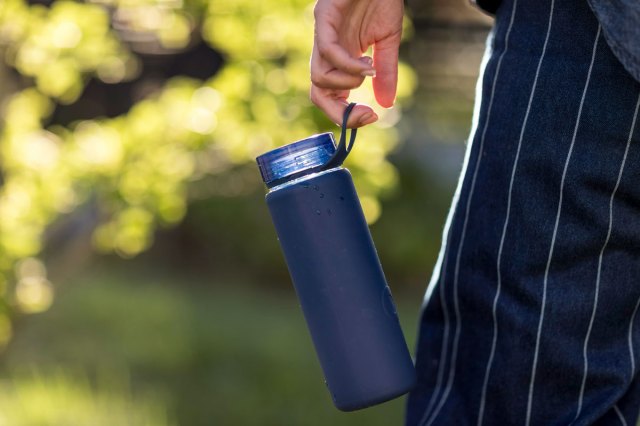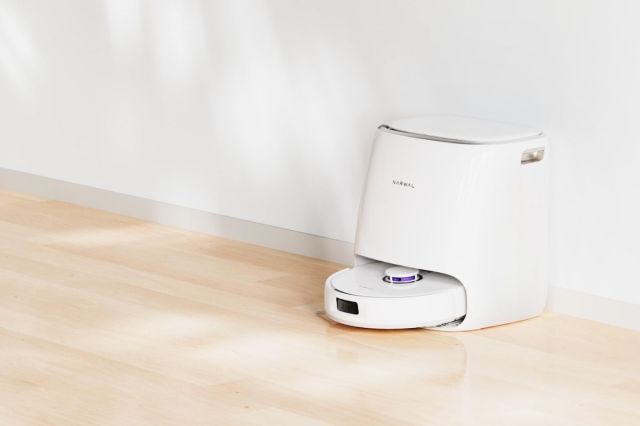Crack open your friends’ refrigerators, and you’ll likely see a bulbous Brita pitcher on the top shelf. While having fridge-cold water is a perk — especially if your fridge doesn’t have a spout — it’s hard to know if owning a Brita filter is necessary. On top of that, how can you be sure they’re working? The things your Brita filter purports to eliminate are smaller than your eye can see. Here, we delve into how Brita filters actually work to see if it’s the right purchase for you.
All featured products and deals are selected independently and objectively by the author. Better Report may receive a share of sales via affiliate links in content.

What Brita Filters, Well, Filter
While it’s easy to assume that a Brita filter can cut out all impurities found in your water — anything from bacteria to lead — that’s not totally the case. Brita filters only reduce mercury, copper, zinc, cadmium, and chlorine (taste and odor). This isn’t a bad thing, to be clear, but Brita filters might not be keeping your water as “clean” as you think.

What Brita Filters Don’t Catch
While it’s good that Brita fulfills its promise of removing chlorine and mercury, the other filtered minerals are okay to ingest, so they don’t need to be eliminated. However, it’s what Brita filters miss that can be harmful — impurities such as pesticides and lead can still get through the filter. That’s why it’s best to have your water tested to know what you might need to filter out. Britas, like many other water filters on the market, aren’t a catch-all solution for clean water.

Make Sure to Replace the Filter Regularly
Like many other kitchen gadgets and appliances, you must maintain your Brita filter and replace the filter every 40 gallons or two months. (Elite filters only need replacing every six months.) You should change it more frequently if you have hard water. Most Brita pitchers have a smart light on the lid that indicates when the filters need replacement, but to be extra diligent, you can always set a recurring reminder in your phone.
If you don’t replace the filter regularly, your water flow will grow slow and drippy, and the built-up contaminants in the filter could push through and get into your drinking water. Because the filter is not killing bacteria (possibly just holding it in the filter), a build-up could cause an unhealthy or even odorous growth inside your pitcher. Whether or not you invest in a Brita filter is up to you — just make sure you take care of it.
Featured Image Credit: sefa ozel/ iStock
More From Our Network
Better Report is part of Inbox Studio, which publishes content that uplifts, informs, and inspires.













